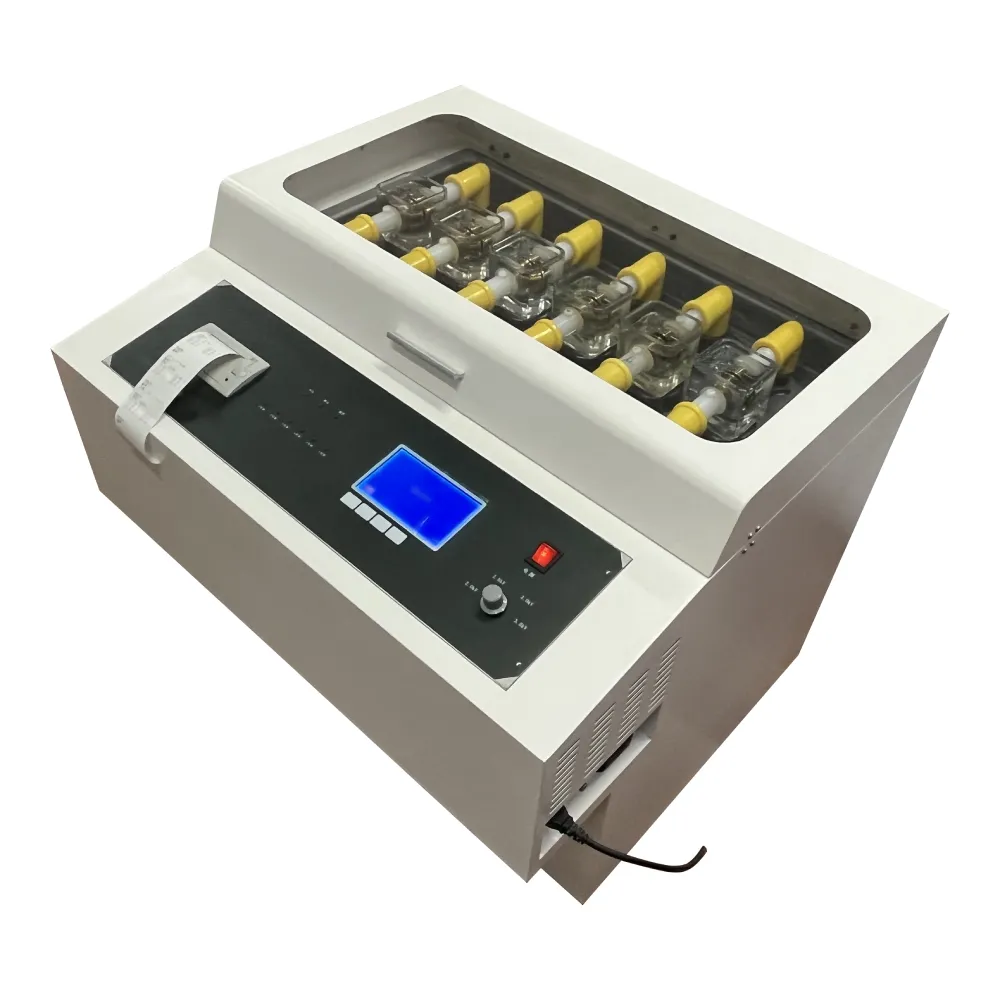 English
English


karl fischer instrument
Understanding the Karl Fischer Instrument A Key Tool for Moisture Analysis
The Karl Fischer instrument, named after the German chemist Karl Fischer who invented the method in the early 20th century, is a vital tool used widely in laboratories and industries to determine the moisture content in various substances. This analytical method is praised for its precision and reliability, making it an essential asset in sectors such as pharmaceuticals, food and beverage, and petrochemicals.
Understanding the Karl Fischer Instrument A Key Tool for Moisture Analysis
The main components of a Karl Fischer instrument include the titration cell, where the reaction occurs, and a display or computer interface that shows the results. The user injects a sample into the cell, where it reacts with the reagent. The instrument continuously monitors the resulting changes in current or volume, calculating the moisture content based on the amount of reagent consumed. This real-time analysis allows for efficient and accurate data collection.
karl fischer instrument

In addition to its accuracy, the Karl Fischer method offers several advantages over other moisture analysis techniques, such as loss on drying or oven drying. It is less time-consuming and can provide results in a matter of minutes. Moreover, it can analyze samples containing solvents or volatile substances that may interfere with other methods.
However, proper calibration and maintenance of the Karl Fischer instrument are crucial to ensure accurate results. Regular checks and the use of standard solutions help in maintaining the reliability of the measurements.
In conclusion, the Karl Fischer instrument has become an indispensable piece of equipment in moisture analysis. Its ability to deliver precise results quickly has solidified its role in many industries, ensuring quality control and compliance with regulatory standards. As technology advances, the functionality and accessibility of Karl Fischer instruments continue to improve, paving the way for even more efficient moisture analysis in the future.
-
Differences between open cup flash point tester and closed cup flash point testerNewsOct.31,2024
-
The Reliable Load Tap ChangerNewsOct.23,2024
-
The Essential Guide to Hipot TestersNewsOct.23,2024
-
The Digital Insulation TesterNewsOct.23,2024
-
The Best Earth Loop Impedance Tester for SaleNewsOct.23,2024
-
Tan Delta Tester--The Essential Tool for Electrical Insulation TestingNewsOct.23,2024





